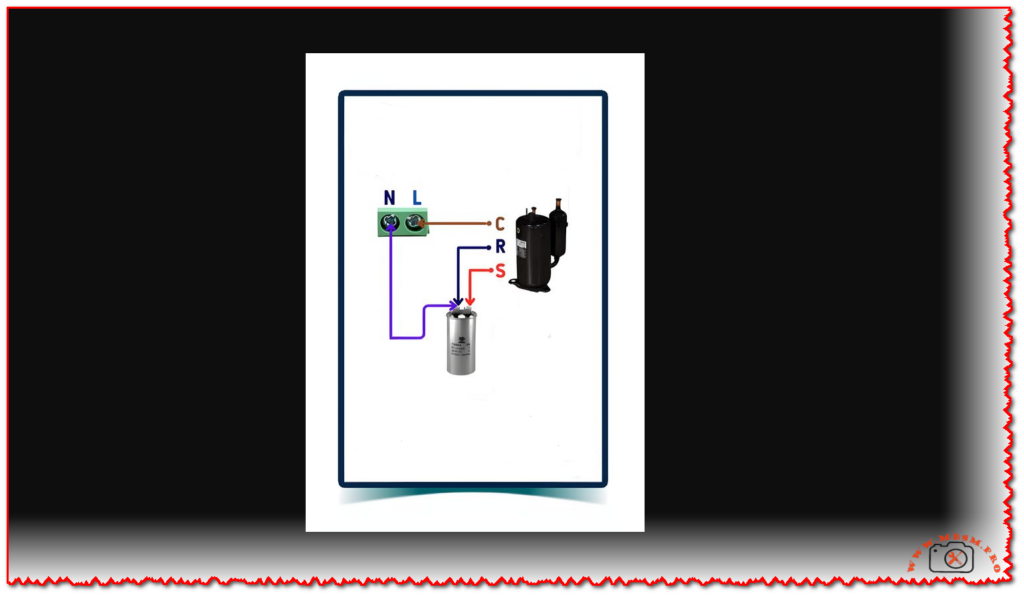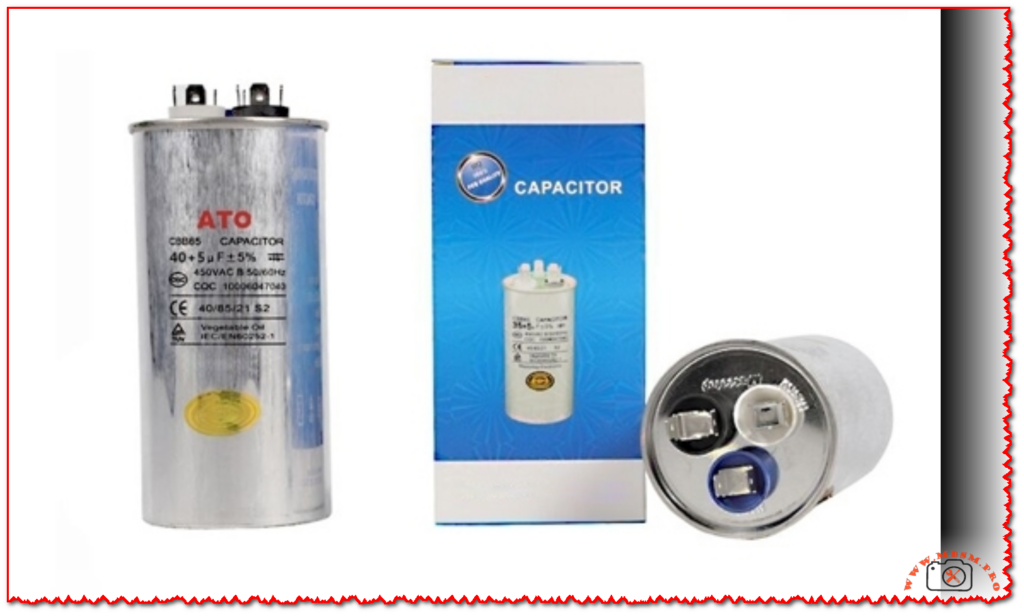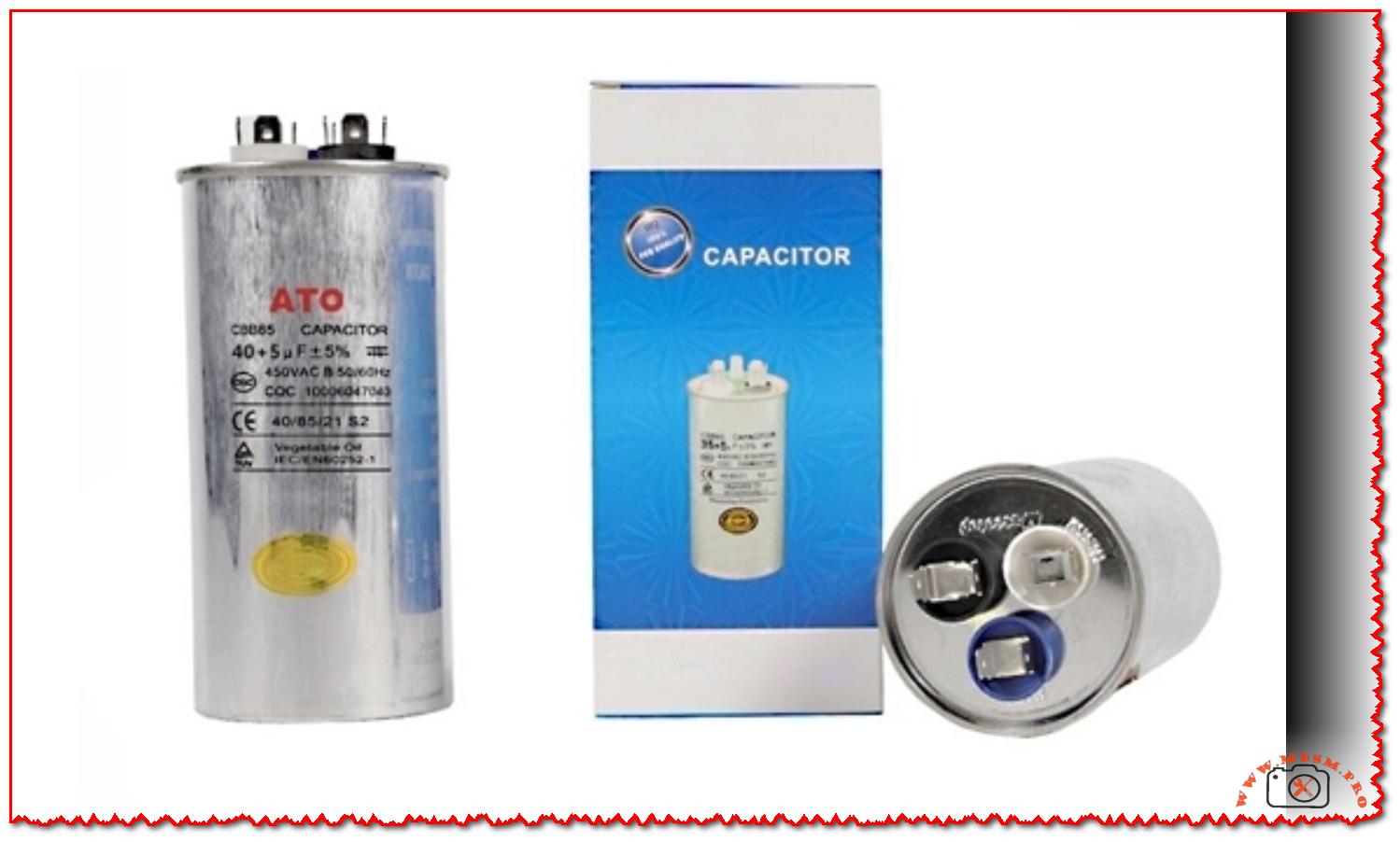Air Conditioner Capacities and Run Capacitors with +/- 5% Variations for Technicians
This comprehensive table presents the recommended run capacitor capacities for various air conditioner cooling capacities, catering specifically to technicians and HVAC professionals. It’s crucial to note that these values are estimates, and the actual run capacitor capacity may vary depending on the specific brand, model, and specifications of your air conditioner. Always consult the air conditioner’s owner’s manual to determine the exact run capacitor capacity required. Using an incorrect run capacitor can damage your air conditioner and pose safety risks.
Key:
- BTU/h: British Thermal Units per hour (measure of cooling capacity)
- µF: Microfarad (unit of capacitance)
| Air Conditioner Cooling Capacity (BTU/h) | Recommended Run Capacitor (µF) | +5% Variation (µF) | -5% Variation (µF) | External Fan Run Capacitor (µF) | -5% of External Fan Run Capacitor (µF) | +5% of External Fan Run Capacitor (µF) |
|---|---|---|---|---|---|---|
| 9,000 | 30 | 31.5 | 28.5 | 1.5 | 1.35 | 1.65 |
| 12,000 | 35 | 36.75 | 33.25 | 2.0 | 1.8 | 2.2 |
| 18,000 | 45 | 47.25 | 42.75 | 2.5 | 2.25 | 2.75 |
| 24,000 | 55 | 57.75 | 52.25 | 3.0 | 2.7 | 3.3 |
| 30,000 | 65 | 68.25 | 61.75 | 3.5 | 3.15 | 3.85 |
| 36,000 | 80 | 84 | 76 | 4.0 | 3.6 | 4.4 |
Understanding External Fan Run Capacitor:
The values in this column are provided for informational purposes only and should not be used as a direct replacement for the recommended run capacitor capacity. Technicians should exercise caution when selecting a run capacitor that is slightly larger or smaller than the recommended value. In such cases, it’s highly recommended to consult with a qualified HVAC specialist for specific guidance based on the particular air conditioner unit.
Additional Considerations for Technicians:
- The size of the run capacitor is typically determined by the motor power of the air conditioner.
- A run capacitor that is too small can prevent the motor from starting properly, leading to potential malfunctions.
- Conversely, a run capacitor that is too large can overheat and cause damage to the motor.
Always exercise caution and consult a qualified HVAC professional if you have any doubts about the appropriate run capacitor for a specific air conditioner.
Technical Explanations and Guidance:
- Capacitor Tolerance:The +/- 5% variations in the table represent the tolerance range for the recommended run capacitor values. This means that the actual capacitance of the selected capacitor may be slightly higher or lower than the recommended value within this range. However, it’s crucial to stay within this tolerance range to ensure optimal performance and prevent potential issues.
- Selecting the Right Run Capacitor:When selecting a run capacitor for an air conditioner, it’s essential to consider the following factors:
- Air Conditioner Cooling Capacity (BTU/h): Match the run capacitor capacity to the corresponding BTU/h rating of the air conditioner.
- Motor Power: Ensure the run capacitor’s voltage rating matches the motor’s voltage requirement.
- Physical Size: Verify that the run capacitor’s physical dimensions fit the available space within the air conditioner unit.
- Brand Reputation: Opt for run capacitors from reputable brands known for their reliability and quality.
- Replacing Run Capacitors:Replacing a run capacitor should be done with caution and proper electrical safety procedures. Here’s a general guideline:
- Disconnect Power: Before attempting any work, ensure the air conditioner is completely disconnected from the power source.
- Discharge Existing Capacitor: Use an appropriate discharging tool to safely discharge the existing capacitor.
- Identify Replacement Capacitor: Carefully remove the old capacitor and note its specifications (capacitance, voltage, terminal type). Select a new capacitor with matching specifications.
- Install New Capacitor: Install the new capacitor, ensuring proper polarity and terminal connections.
- Reconnect Power: Once the new capacitor is securely installed, reconnect the power supply to the air conditioner.





